The natural world is filled with remarkable hunting strategies, but few are as refined and effective as the ambush techniques employed by snakes. These reptiles have evolved over millions of years to become masters of stealth, patience, and precision. Unlike active hunters that chase down prey, snakes have perfected the art of waiting—sometimes for days—before striking with lightning speed and deadly accuracy. Their unique physiological adaptations, combined with specialized sensory systems and hunting behaviors, have made them some of the most successful predators on Earth. From the heat-sensing pits of vipers to the camouflage patterns of pythons, snakes demonstrate nature’s ingenuity in designing the perfect ambush predator.
Evolutionary Adaptations for Ambush Hunting
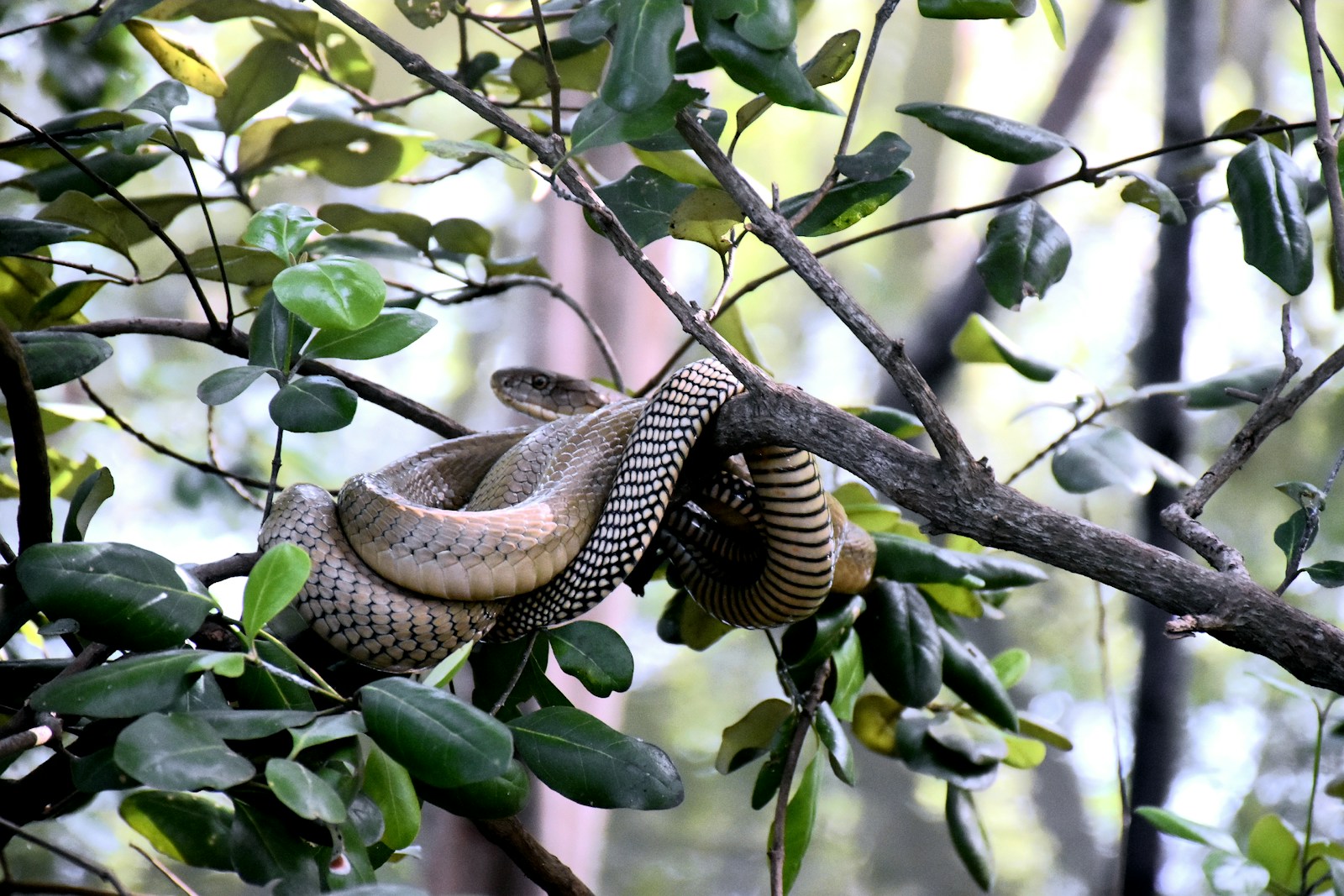
Snakes evolved specifically with adaptations that make them ideally suited for ambush predation, a process that began over 100 million years ago. Their elongated, limbless bodies allow them to remain motionless for extended periods without the muscle fatigue that would affect limbed predators in similar situations. This evolutionary trajectory has given snakes the ability to compress their bodies into tight spaces or remain completely still in open areas, making them virtually invisible to potential prey. Furthermore, snakes have developed extremely efficient metabolisms that enable them to survive on infrequent meals—some species can go months between successful hunts while maintaining the energy reserves necessary to strike with full force when opportunity presents itself. These adaptations represent specialized evolutionary solutions to the challenges of ambush hunting, where success depends on patience rather than speed or strength.
Extraordinary Camouflage Capabilities
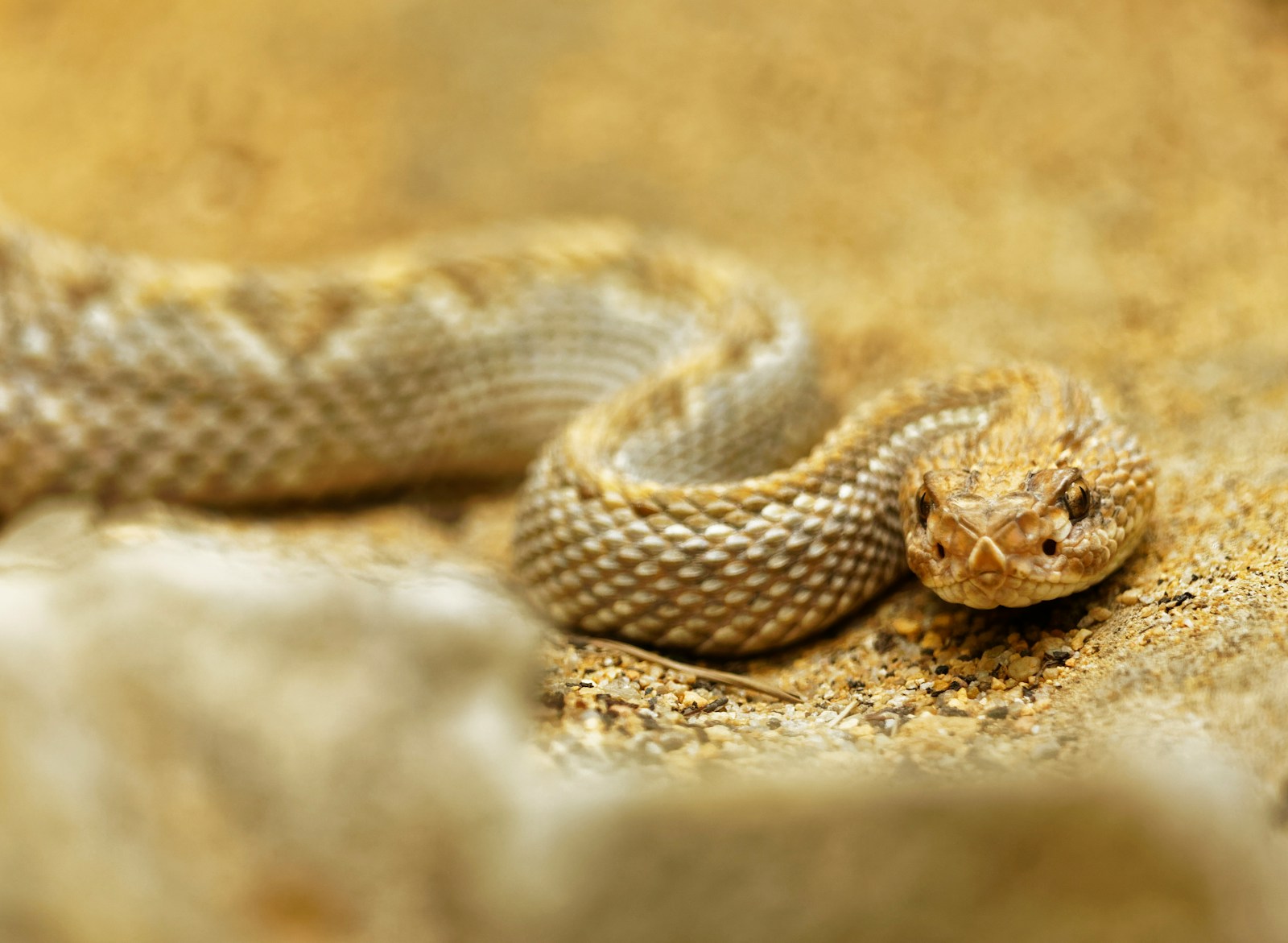
Perhaps the most visually striking adaptation of ambush predator snakes is their remarkable camouflage, which often matches their preferred hunting environments with uncanny precision. Species like the Gaboon viper display intricate patterns that perfectly mimic forest floor leaf litter, making them nearly impossible to detect even when in plain sight. The sidewinder rattlesnake’s coloration matches desert sand, while arboreal species like the green tree python develop vibrant green coloration that blends seamlessly with foliage. Beyond basic coloration, many species have evolved textured scales that break up their body outline or mimic natural elements like tree bark, moss, or rocks. This camouflage isn’t static—many species can adjust their coloration over time to match seasonal changes in their environment, ensuring they remain hidden regardless of environmental shifts. These sophisticated camouflage systems represent millions of years of evolutionary refinement, creating predators that are virtually invisible until the moment they strike.
Specialized Sensory Systems
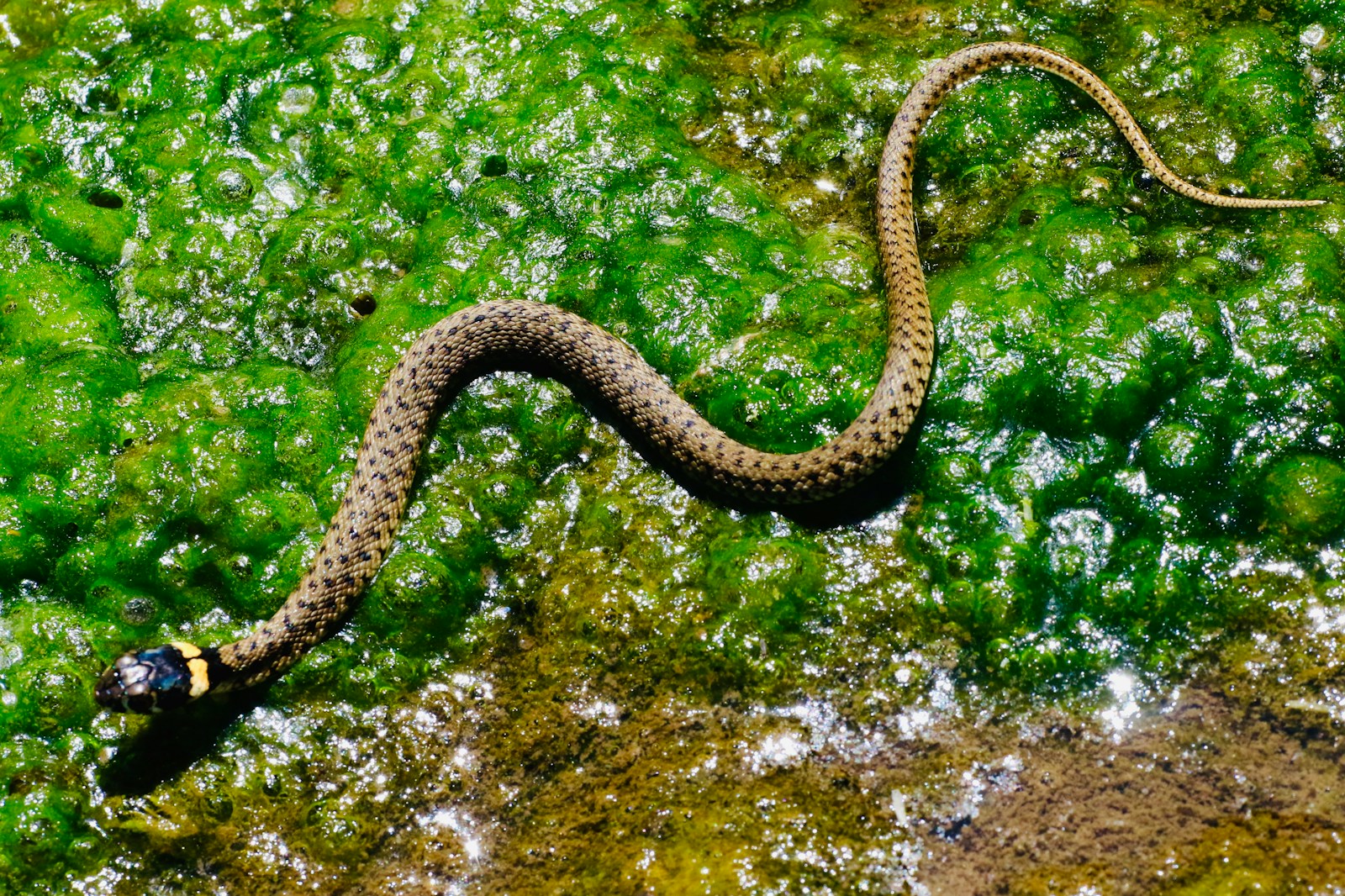
Snakes possess some of the most specialized sensory adaptations in the animal kingdom, many of which are specifically tailored for ambush hunting. Pit vipers and pythons have developed heat-sensing organs that can detect temperature differences as small as 0.003°C, allowing them to “see” warm-blooded prey even in complete darkness. Their forked tongues collect airborne particles which are analyzed by the vomeronasal organ in the roof of their mouth, essentially giving snakes a directional “smell” that helps them precisely locate nearby prey. Many species also have exceptional vibration detection through their jawbones, which transmit ground vibrations directly to their inner ears, alerting them to approaching prey. These sensory adaptations allow ambush-hunting snakes to remain completely motionless while still gathering crucial information about their surroundings and potential prey movements. What’s particularly remarkable is how these senses work in concert, creating a comprehensive awareness of the environment that compensates for limitations in any single sensory system.
Patience: The Ultimate Predatory Weapon
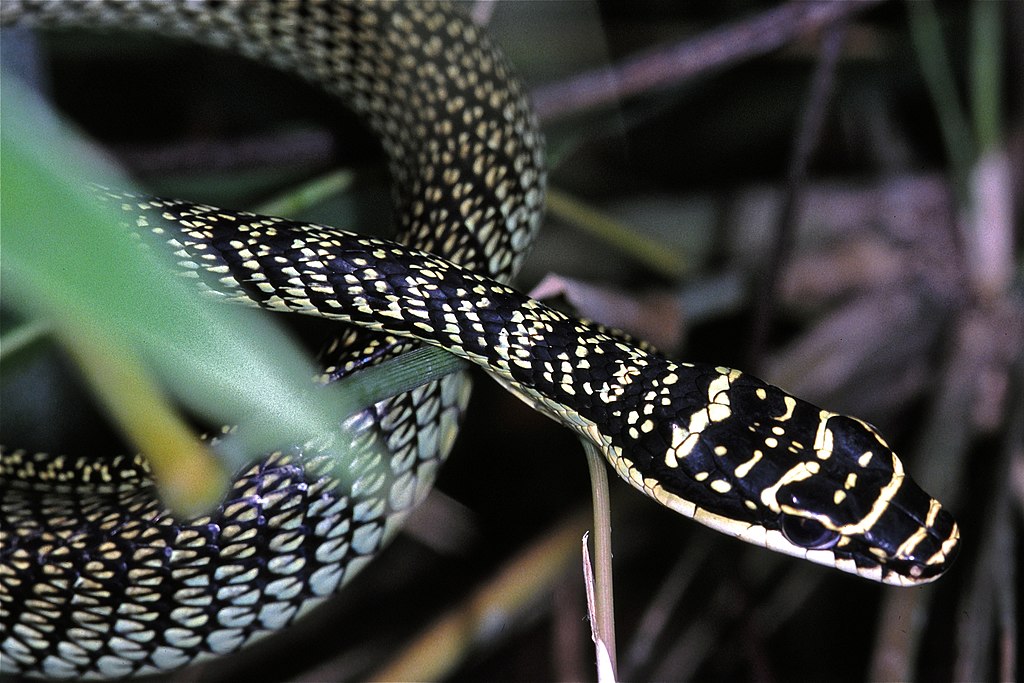
The extraordinary patience displayed by ambush-hunting snakes sets them apart from many other predators in the animal kingdom. Species like the eastern diamondback rattlesnake have been documented remaining in the same ambush position for up to two weeks, waiting for the perfect opportunity to strike. This remarkable patience is supported by their slow metabolism and energy-efficient physiology, which allows them to consume up to 70% fewer calories than similarly sized active hunters. The evolutionary advantage of this strategy becomes clear when considering success rates—ambush-hunting snakes typically have higher success rates per strike than active hunters, often exceeding 80% in some species. This patience-based strategy represents a fundamentally different approach to predation, where energy conservation during waiting periods is balanced against explosive energy expenditure during the actual strike. For snakes, the ability to remain motionless isn’t merely helpful—it’s a critical evolutionary adaptation that defines their entire hunting approach.
Lightning-Fast Strike Capabilities
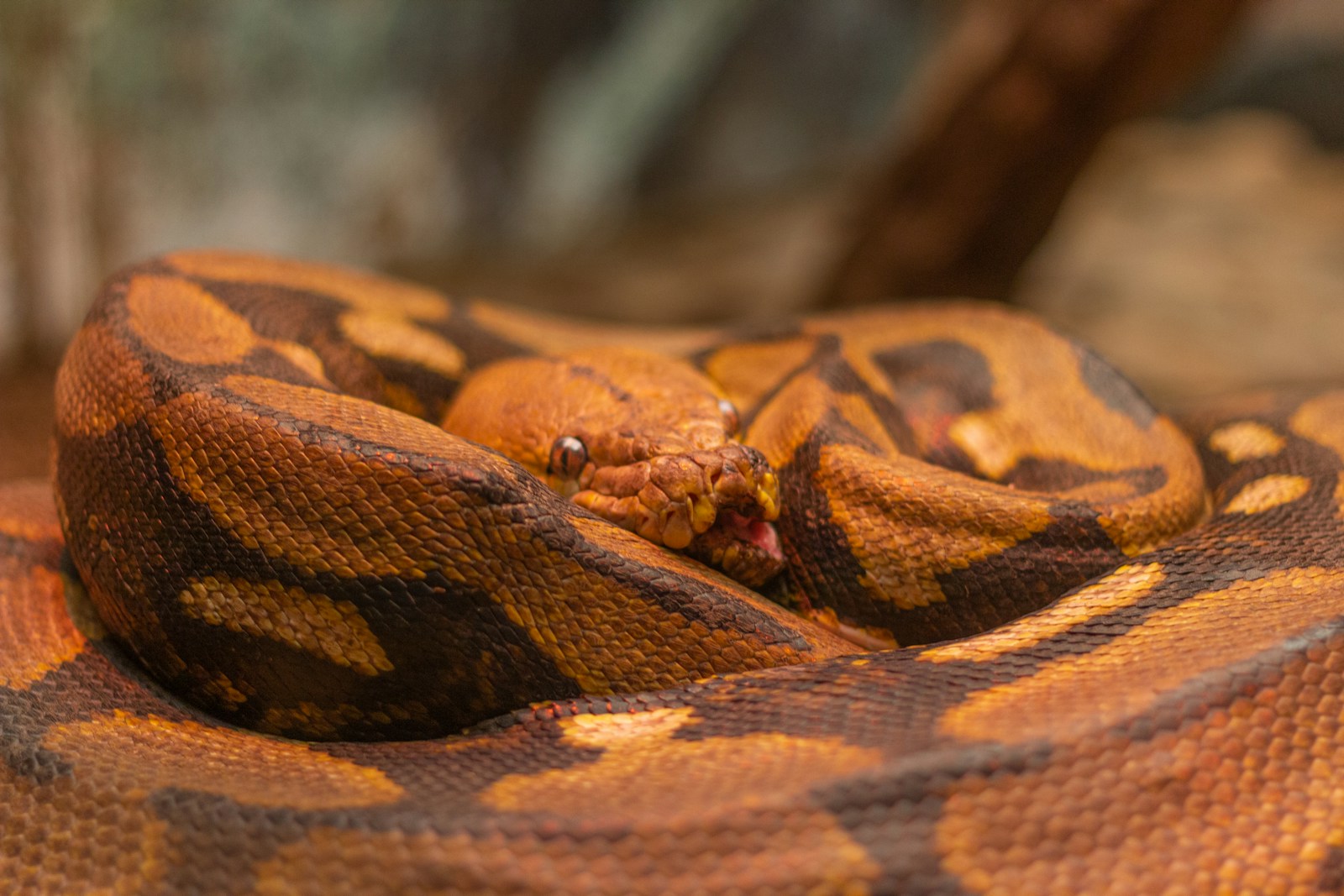
The strike of an ambush-hunting snake represents one of nature’s most impressive displays of speed and precision, often occurring faster than a human can perceive. High-speed photography has revealed that some vipers can strike at speeds exceeding 175 miles per hour, with the entire forward movement, bite, and retraction occurring in less than half a second. This extraordinary speed is possible because snakes store energy in their muscles and specialized spinal structures, creating a compressed spring-like mechanism that releases explosively when triggered. What makes this ability even more remarkable is the accuracy that accompanies it—studies show that rattlesnakes can target and strike specific regions of prey animals with millimeter precision, often aiming for the most vulnerable areas. The neural pathways controlling strike behavior have been optimized through evolution to work at these extreme speeds, with some decisions about trajectory and timing occurring too quickly for conscious thought. This combination of speed and accuracy makes the snake strike one of the most efficient predatory mechanisms in nature, with success rates that far exceed those of many active hunters.
Venomous Adaptations for Efficient Kills
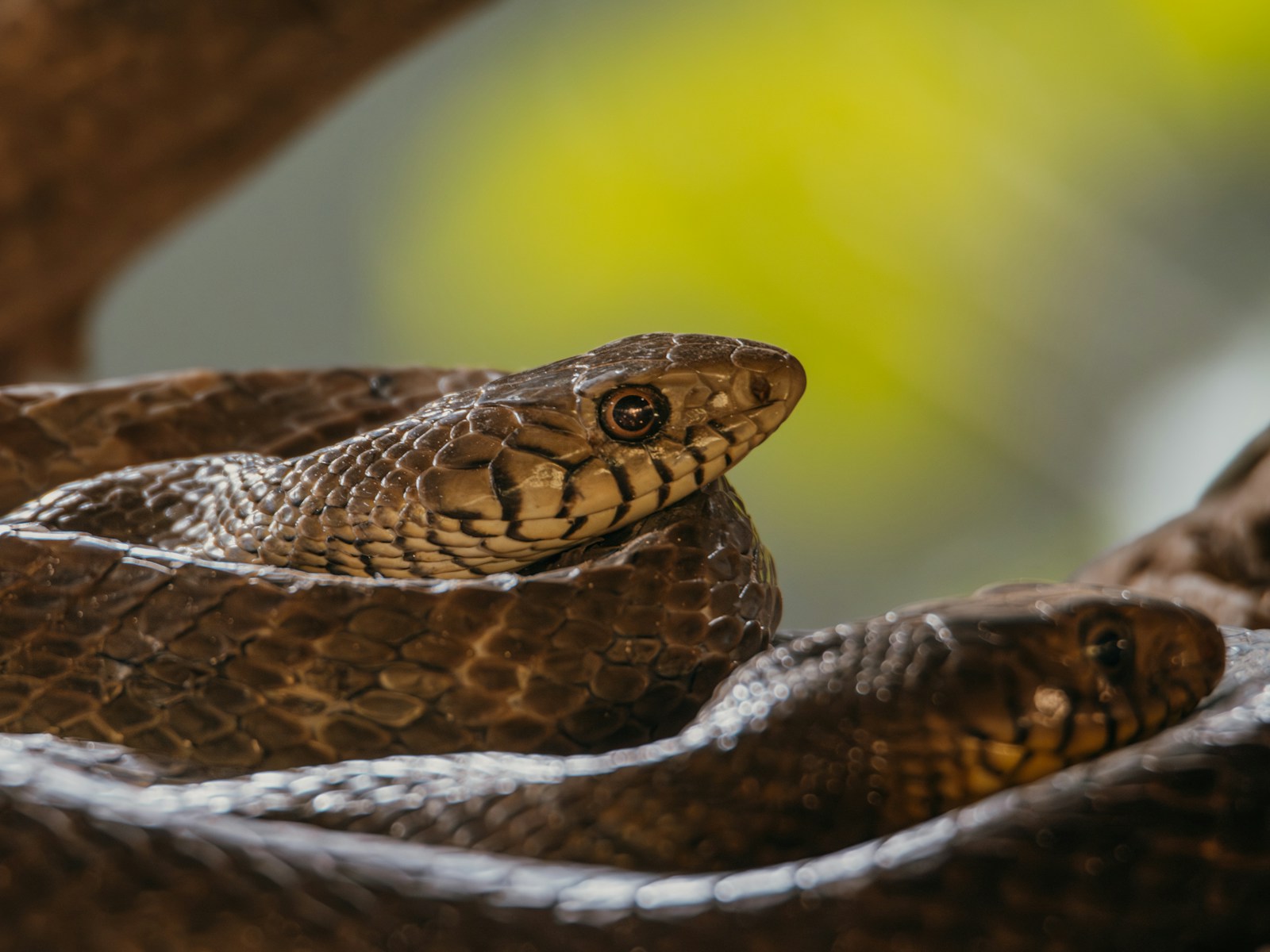
For venomous ambush predators, the evolution of specialized toxins represents a crucial adaptation that maximizes hunting efficiency. These complex biochemical weapons allow relatively small snakes to quickly subdue prey many times their size without a prolonged struggle that would waste energy or risk injury. Venom delivery systems show remarkable specialization—rear-fanged species often have groove-like structures that channel venom, while advanced vipers possess hollow, hypodermic-like fangs that can fold against the roof of the mouth when not in use. The venoms themselves vary significantly between species, with some containing dozens of different toxins that target specific physiological systems within prey animals. Even more fascinating is the evidence of coevolutionary arms races, where snake venoms have evolved to specifically target the most common prey species in their habitat, while some prey species have developed partial immunity to local snake venoms. This biochemical warfare represents one of the most sophisticated hunting adaptations in the natural world, allowing ambush predators to complete their hunts with minimal energy expenditure and risk.
Constriction: The Ultimate Embrace
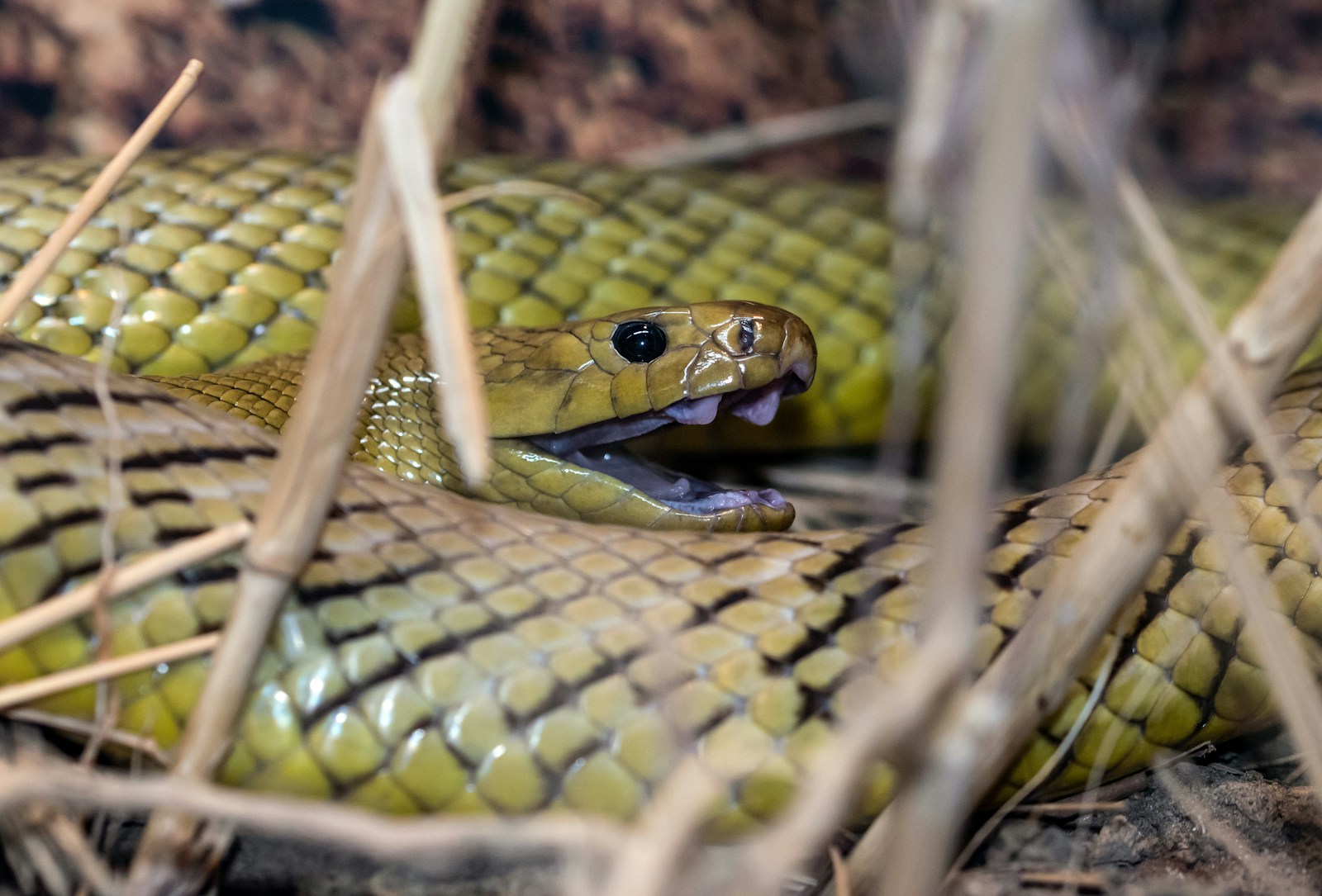
Non-venomous ambush hunters like pythons and boas have evolved constriction as an equally effective alternative to venom, allowing them to subdue prey through precisely applied pressure. Contrary to popular belief, these snakes don’t crush or suffocate their prey—research has shown that constriction works primarily by interrupting blood flow, causing circulatory arrest that leads to rapid unconsciousness and death, often within seconds. The mechanics of constriction are remarkably sophisticated, with snakes applying pressure in response to the prey’s heartbeat and breathing motions, tightening with each exhale and maintaining pressure until no vital signs are detected. This strategy allows large constrictors to safely subdue dangerous prey that could otherwise injure them during a prolonged struggle. The muscular adaptations supporting constriction are equally impressive—these snakes possess overlapping muscles that can generate and maintain enormous pressure (up to 25 pounds per square inch) for extended periods without fatigue. This combination of strength, sensitivity, and precision makes constriction one of nature’s most effective hunting methodologies, perfectly suited to the ambush strategy.
Specialized Jaw Adaptations
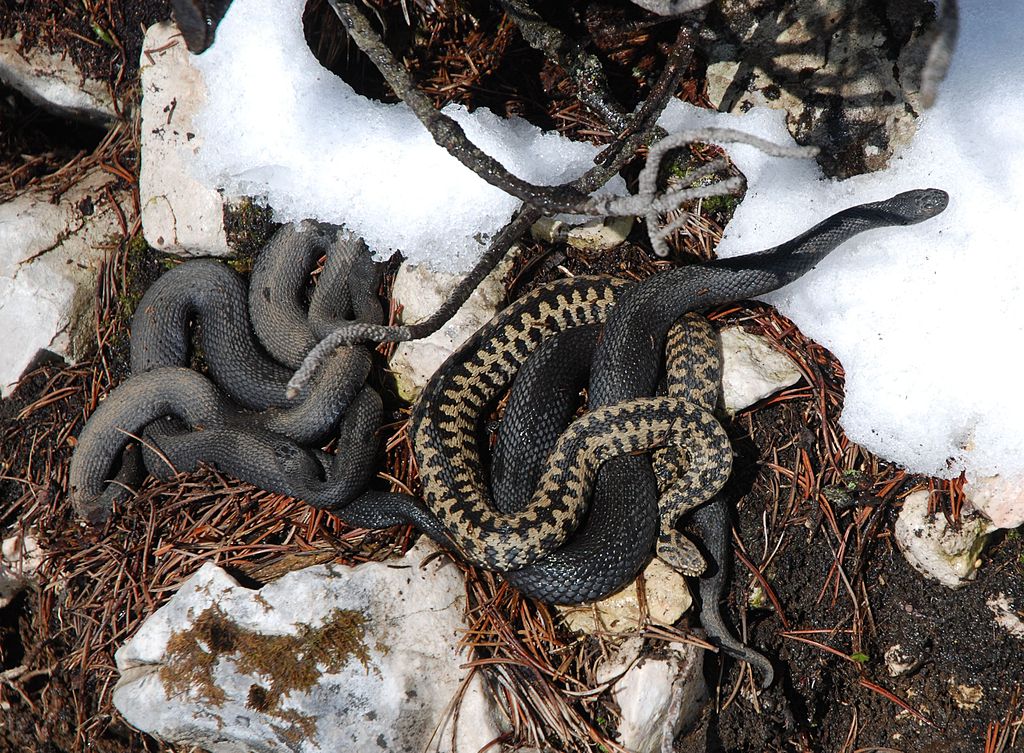
The remarkable feeding adaptations of snakes, particularly their highly mobile jaw structure, represent a critical evolution that supports their ambush lifestyle. Unlike mammals, whose jaws are fixed at the skull, snakes possess multiple points of articulation that allow their mouths to expand dramatically—in some cases permitting them to consume prey more than three times the diameter of their own head. This extraordinary flexibility comes from several specialized adaptations: a split lower jaw connected by an elastic ligament, highly mobile skull bones, and specialized jaw muscles that can work independently on each side of the mouth. These adaptations solve a fundamental challenge for ambush predators—the need to consume large meals infrequently, maximizing the caloric return from each successful hunt. What’s particularly impressive is how this system complements their other hunting adaptations: the snake can strike and secure prey quickly, then take as long as necessary—sometimes hours—to swallow it completely. This ability to consume prey whole eliminates the need for processing food externally, further enhancing the efficiency of the ambush hunting strategy.
Habitat Selection and Ambush Sites
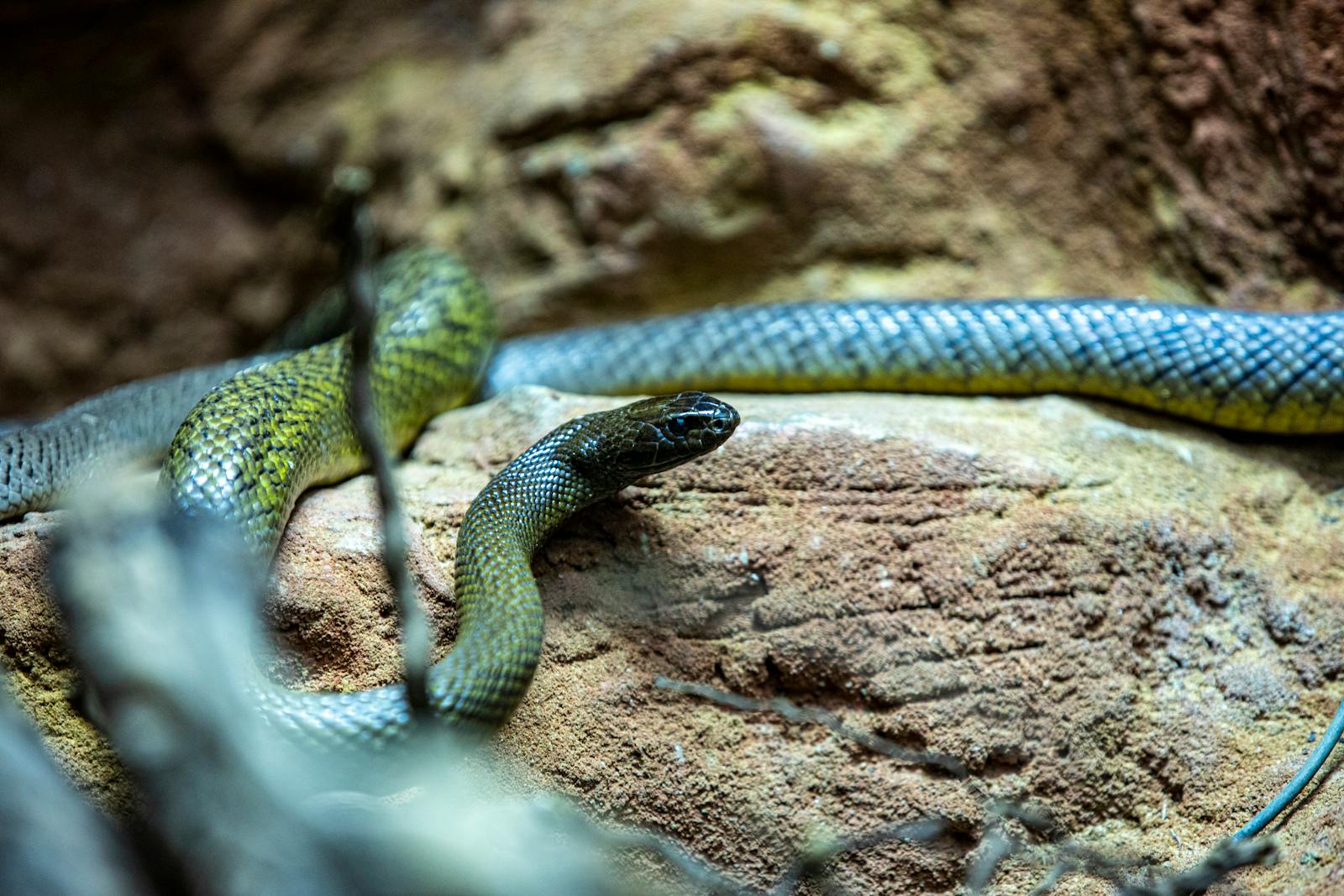
Successful ambush predation depends heavily on strategic positioning, and snakes display remarkable sophistication in selecting optimal hunting locations. Many species show clear preferences for specific microhabitats that maximize their chances of encountering prey while minimizing their own visibility—rattlesnakes often position themselves at the intersection of open areas and cover, while arboreal ambush hunters position themselves along known pathways of birds or small mammals. Research has documented that many species return repeatedly to successful hunting locations, demonstrating a form of spatial memory that enhances their predatory efficiency. Some species even actively modify their surroundings to create more effective ambush sites—certain vipers have been observed clearing small patches of leaf litter with body movements to create clearer striking paths. Environmental factors like temperature, humidity, and time of day also influence site selection, with snakes showing clear understanding of when and where their prey is most likely to appear. This strategic approach to positioning demonstrates that effective ambush predation involves far more than simply waiting—it requires sophisticated assessment of environmental factors and prey behavior.
Thermal Regulation and Hunting Efficiency
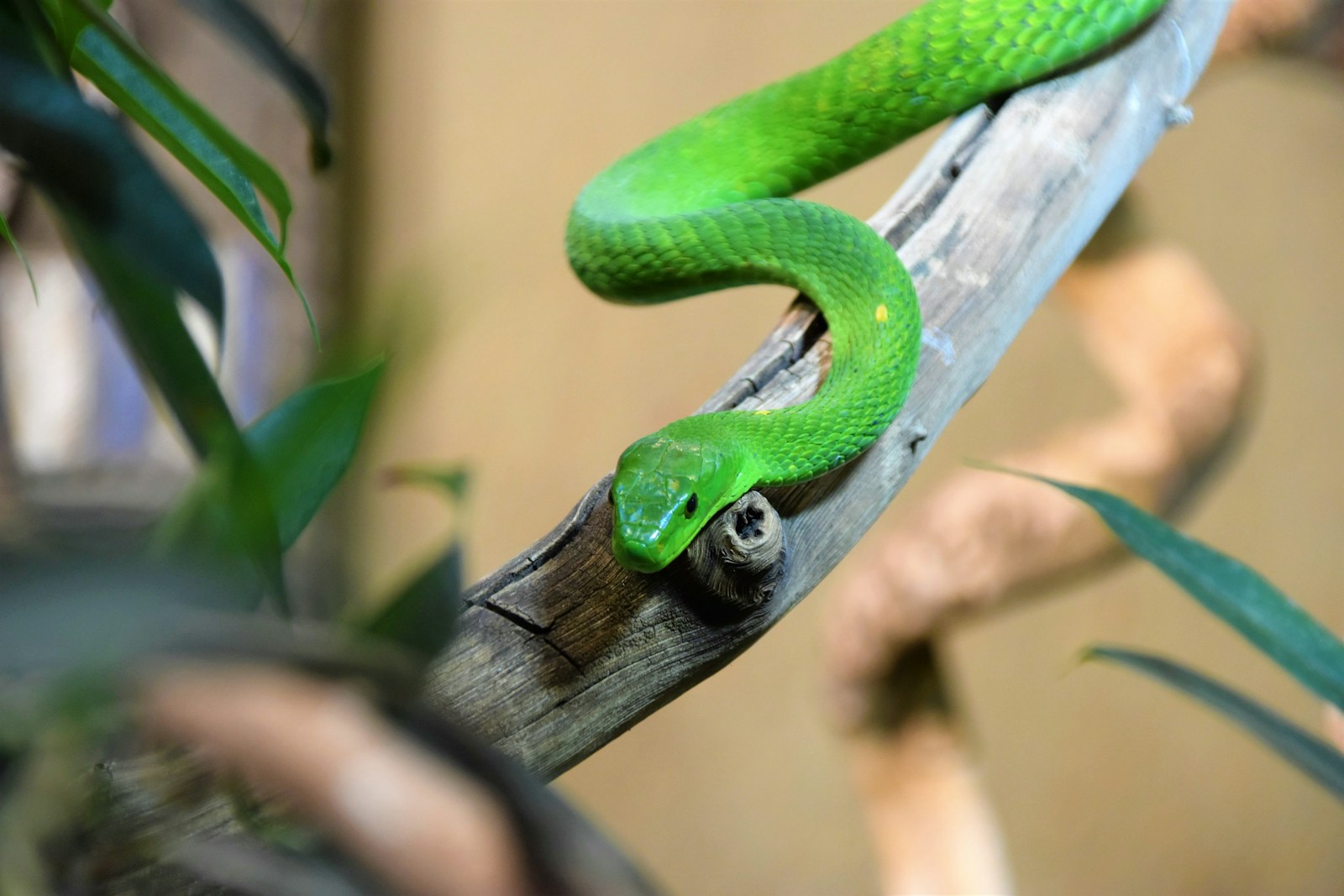
As ectothermic animals, snakes have developed specialized behaviors that optimize their body temperature for ambush hunting, creating a crucial advantage over their endothermic prey. Many species select ambush positions that allow them to maintain ideal striking temperatures—often positioning themselves in dappled sunlight or near heat-retaining surfaces like rocks that release warmth throughout cooler periods. This temperature regulation is critical for ambush predators, as it ensures they have the necessary muscle performance for lightning-fast strikes when opportunities arise. Fascinatingly, some species have been documented maintaining different body temperatures for different activities—cooler temperatures during waiting periods to conserve energy, followed by strategic warming before expected peak hunting times. This thermoregulatory behavior creates a metabolic advantage: while waiting, a snake might use only 10% of the energy a similar-sized mammalian predator would require, yet still maintain the capacity for explosive acceleration during the strike. The ability to separate energy conservation from performance needs represents a sophisticated adaptation that makes ambush predation remarkably efficient from an energy perspective.
Ambush Predation Across Different Snake Families

The ambush hunting strategy has evolved independently across multiple snake lineages, demonstrating its effectiveness as a predatory approach. Vipers (family Viperidae) represent perhaps the most specialized ambush hunters, with their heat-sensing pits, highly mobile fangs, and stocky bodies built for explosive strikes rather than pursuit. However, many pythons and boas (families Pythonidae and Boidae) have independently evolved similar ambush strategies, complete with heat-sensing abilities and powerful constriction capabilities. Even within the diverse family Colubridae, certain genera like Heterodon (hognose snakes) have developed effective ambush techniques, combining camouflage with specialized defensive displays that occur after prey encounters. What’s particularly interesting is how these different lineages have converged on similar adaptations despite their distant evolutionary relationships—features like cryptic coloration, specialized sensory systems, and the ability to strike quickly have appeared repeatedly throughout snake evolution. This convergent evolution underscores how effective the ambush strategy is across diverse habitats and prey types, making it one of the most successful hunting approaches in the reptile world.
Ecological Roles of Ambush-Hunting Snakes
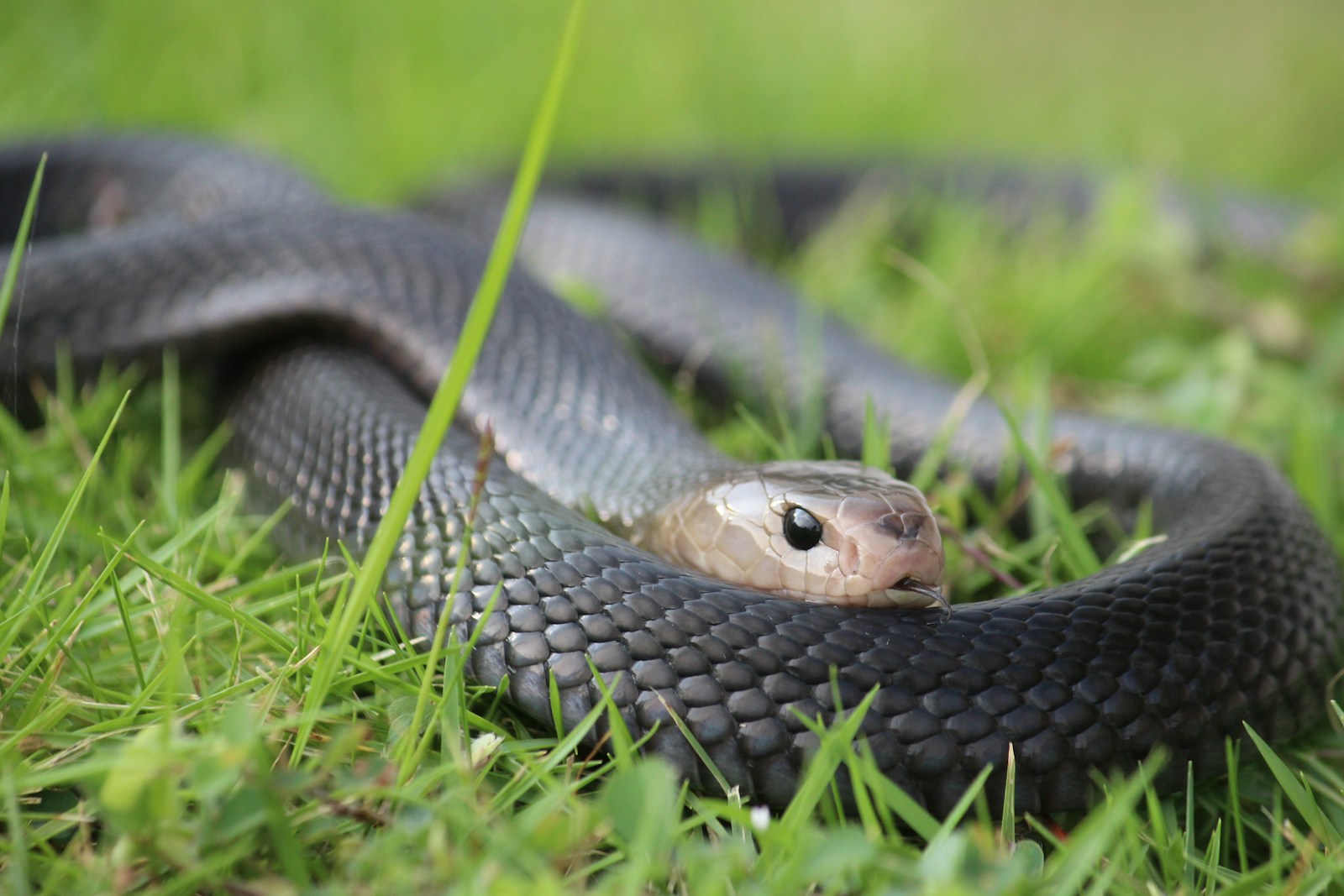
Beyond their fascinating adaptations, ambush-hunting snakes play crucial ecological roles in virtually every terrestrial ecosystem where they occur. As mid-level predators, they help regulate populations of small mammals, birds, and reptiles that might otherwise experience boom-and-bust cycles with negative ecosystem consequences. Many rodent species that can become agricultural pests or disease vectors are naturally controlled by ambush-hunting snakes, providing valuable ecosystem services that benefit human communities. Their hunting strategy also creates distinct ecological interactions—unlike active hunters that might chase prey across long distances, ambush predators create “landscapes of fear” where prey species modify their behavior to avoid high-risk areas where snakes might be waiting. This behavioral modification can affect everything from seed dispersal patterns to habitat utilization across the ecosystem. Additionally, ambush-hunting snakes themselves serve as prey for larger predators like birds of prey, mammalian carnivores, and even other reptiles, forming important links in complex food webs. These ecological relationships highlight how specialized predatory strategies like ambush hunting contribute to biodiversity and ecosystem functioning.
Conclusion
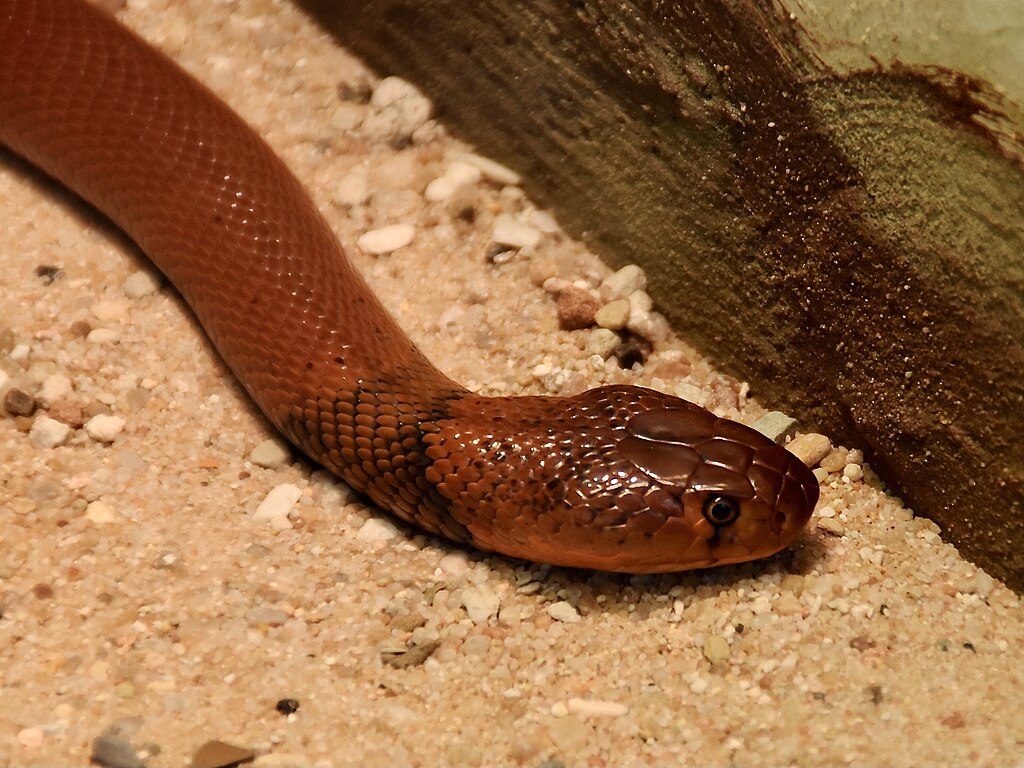
The extraordinary success of snakes as ambush predators represents one of evolution’s most impressive achievements in predatory specialization. Through remarkable adaptations—from their specialized sensory systems and lightning-fast strikes to their patience and energy efficiency—snakes have perfected a hunting strategy that maximizes success while minimizing risk and energy expenditure. Their unique combination of physiological, behavioral, and biochemical adaptations enables them to occupy ecological niches that would be unavailable to active hunters, contributing to biodiversity across virtually every terrestrial habitat on Earth. By studying these masterful ambush predators, we gain insight not only into the remarkable adaptability of reptiles but also into the fundamental principles that shape predator-prey relationships throughout the natural world. As we continue to learn more about these fascinating creatures, our appreciation for their evolutionary refinement and ecological importance only grows deeper.





